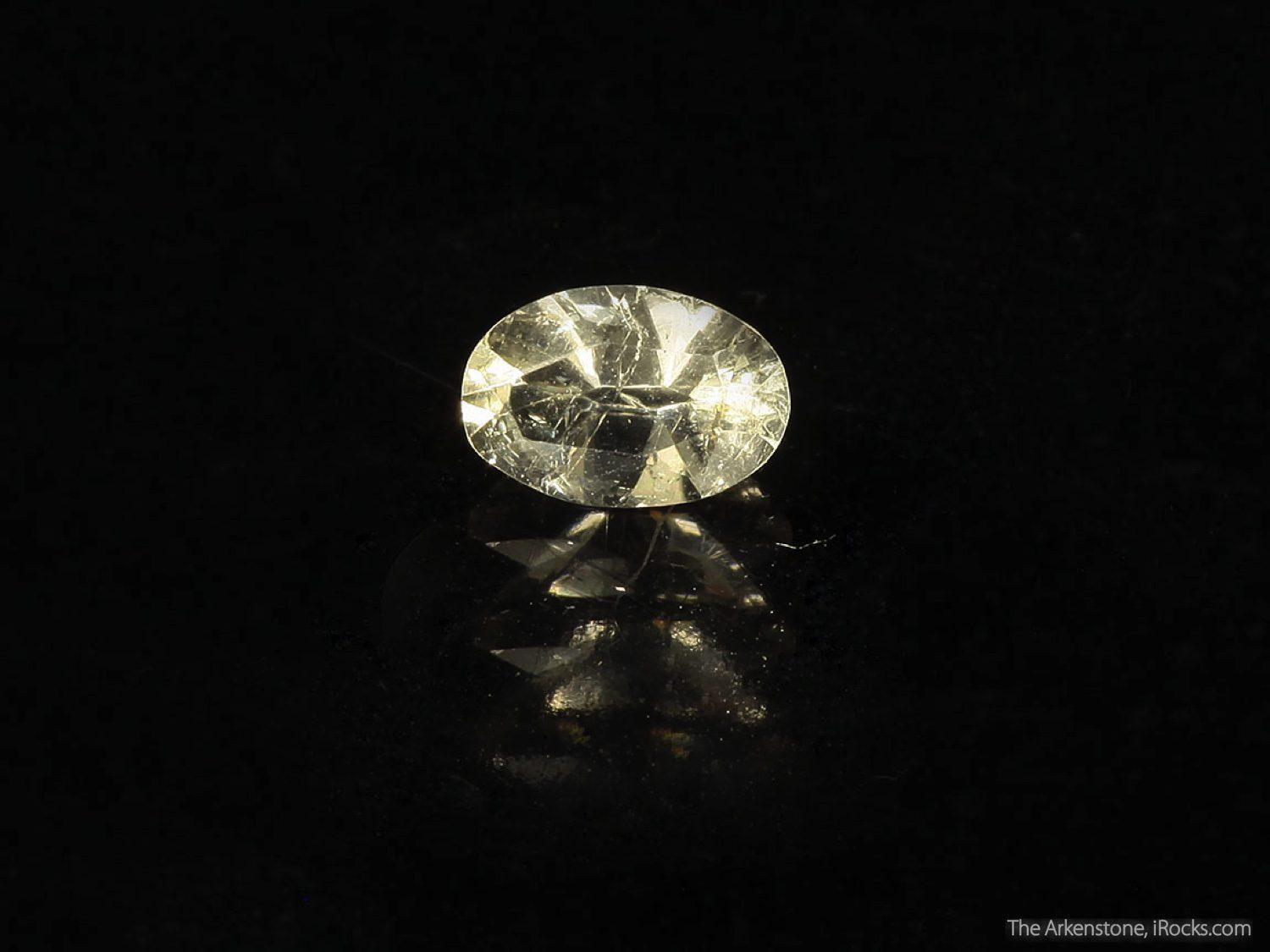Cryolite Value, Price, and Jewelry Information
Typically colorless with a “sleepy” look, cryolite is rarely found in nature. Rough suitable for gem faceting is extremely scarce. However, the synthetic version of this mineral has many industrial uses.
2 Minute Read
Typically colorless with a “sleepy” look, cryolite is rarely found in nature. Rough suitable for gem faceting is extremely scarce. However, the synthetic version of this mineral has many industrial uses.
Start an IGS Membership today
for full access to our price guide (updated monthly).Cryolite Price
What is Cryolite?
The mineral cryolite has been used in the aluminum industry, first as an ore itself and then as a flux to extract aluminum from other ores more efficiently. Cryolite has proven to have many other industrial uses, from ceramics to pesticides. However, most of the material used today is synthetic.
Does Cryolite Make a Good Jewelry Stone?
With a hardness of just 2.5 on the Mohs scale, cryolites would make a very impractical choice for jewelry wear. A copper coin (hardness of 3) could accidentally scratch it. Household dust, a far more pervasive hazard, has a hardness of 7 and can easily leave scratches on cryolites.
Typically colorless and very rarely transparent, cryolites seldom attract the attention of adventurous faceters or curious gemstone enthusiasts. You're more likely to find cryolites, faceted or in natural forms, in a mineral or rare gem collection than a jewelry collection.
What's the Difference Between Cryolite and Chiolite?
Cryolite, the "ice stone," and chiolite, the "snow stone," can appear very similar. They also occur in the same locations and have many gemological properties that differ only slightly. Both are rarely faceted, but chiolite is a rarer mineral.
Chiolite is a harder material (3.5 to 4), but scratch testing on finished gems isn't recommended. Conduct this test only as a last resort for identification.
The quickest way to distinguish these gems is to use a polariscope to find their optic character. Cryolites are biaxial +; chiolites are uniaxial -. You can also use a refractometer to identify optic character.
Are There Synthetic Cryolites?
Since abundant sources of natural cryolites are very scarce, scientists have synthesized this mineral for a wide variety of uses. However, there's no known jewelry use for this lab-created material. Cryolite's softness and limited visual appeal make a viable jewelry market for synthetics very improbable.
Cryolites usually receive no gemstone enhancements.
Where is Cryolite Found?
Cryolite was found in commercially significant quantities only in Greenland and only in one locality, theIvigtut mine. This source is now exhausted.
Other notable sources of cryolite include the following:
- United States: Colorado (small amounts); Virginia.
- Canada: Mont Saint-Hilaire, Quebec (rare facetable crystals).
- Brazil; Namibia; Russia; Spain.
Stone Sizes
Lapidaries could cut large cabochons from abundant material, such as what Greenland produced. However, facetable rough is quite rare and will only yield tiny gems.
How to Care for Cryolites
Clean cryolites with a soft brush, mild detergent, and warm water. However, please note that cryolites are slightly soluble in water. Don't submerge these gems in water. After cleaning, carefully pat them dry. (Don't wipe them dry). For more care recommendations, consult our gemstone jewelry care guide.
Joel E. Arem, Ph.D., FGA
Dr. Joel E. Arem has more than 60 years of experience in the world of gems and minerals. After obtaining his Ph.D. in Mineralogy from Harvard University, he has published numerous books that are still among the most widely used references and guidebooks on crystals, gems and minerals in the world.
Co-founder and President of numerous organizations, Dr. Arem has enjoyed a lifelong career in mineralogy and gemology. He has been a Smithsonian scientist and Curator, a consultant to many well-known companies and institutions, and a prolific author and speaker. Although his main activities have been as a gem cutter and dealer, his focus has always been education. joelarem.com
International Gem Society
Related Articles
Black Diamond Value, Price, and Jewelry Information
Chameleon Diamond Value, Price, and Jewelry Information
Gray Diamond Value, Price, and Jewelry Information
Green Diamond Value, Price, and Jewelry Information
Latest Articles
Milarite Value, Price, and Jewelry Information
Appraising Pearls: How to Grade Pearls
Agate Buying Guide
Carving Techniques for Handling Inclusions in Transparent Gems
Never Stop Learning
When you join the IGS community, you get trusted diamond & gemstone information when you need it.
Get Gemology Insights
Get started with the International Gem Society’s free guide to gemstone identification. Join our weekly newsletter & get a free copy of the Gem ID Checklist!
